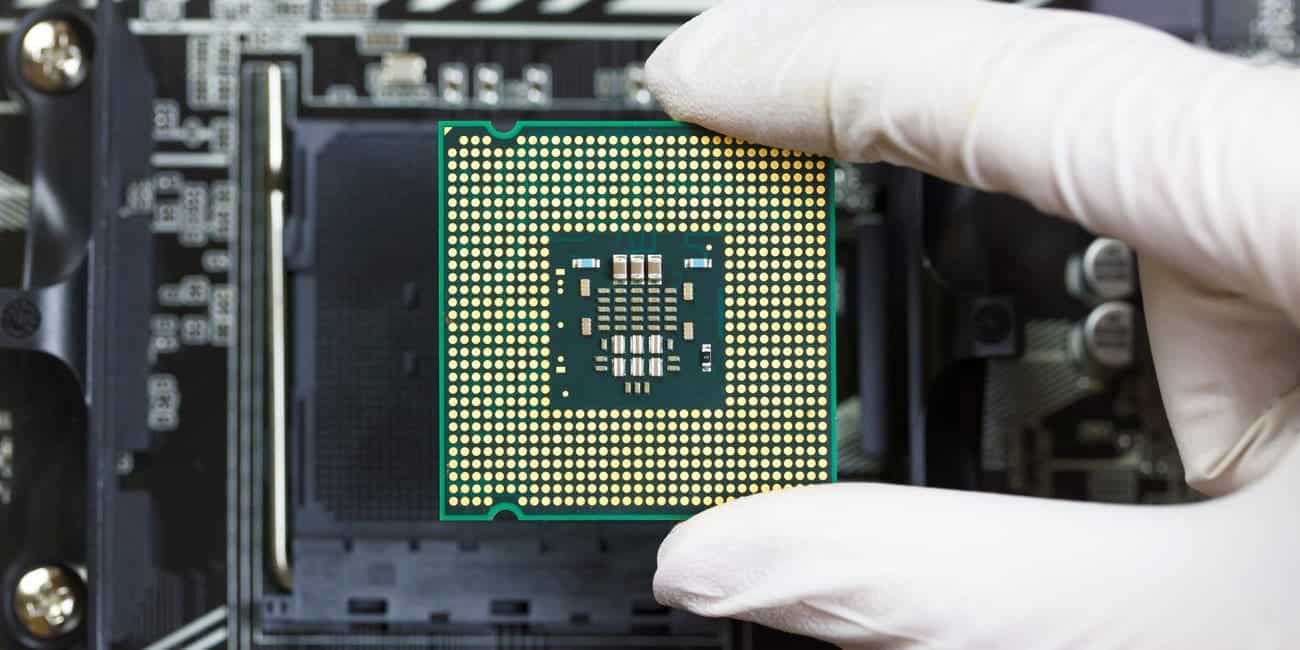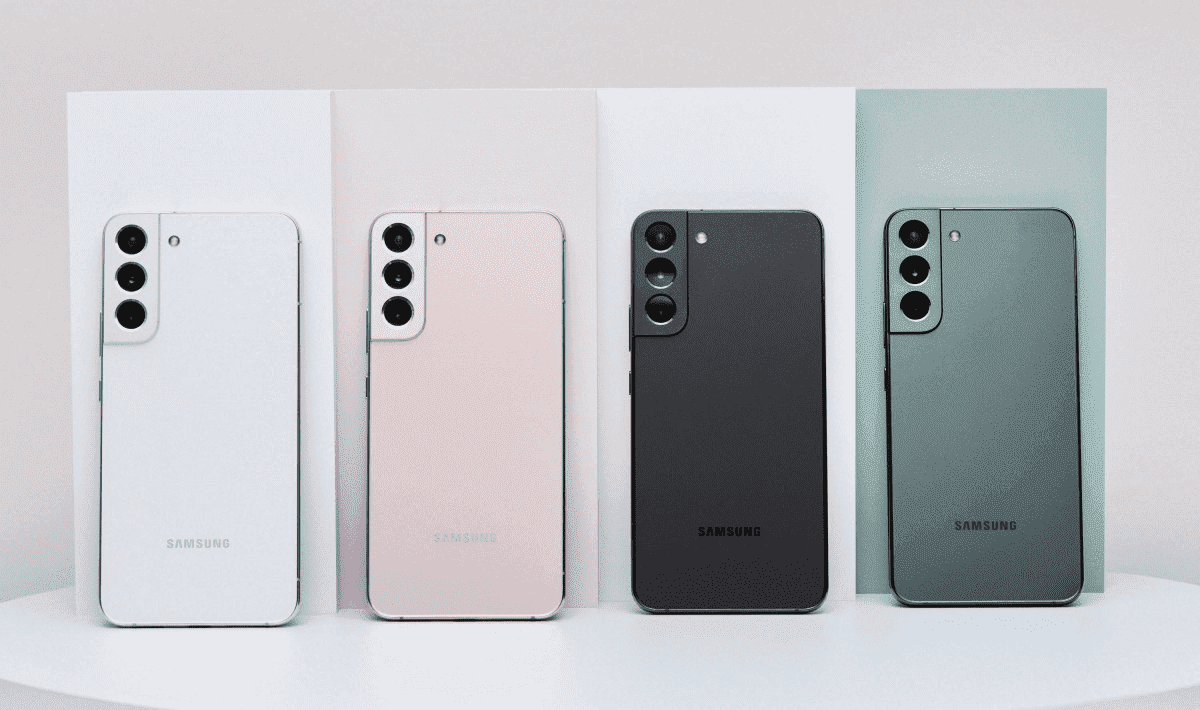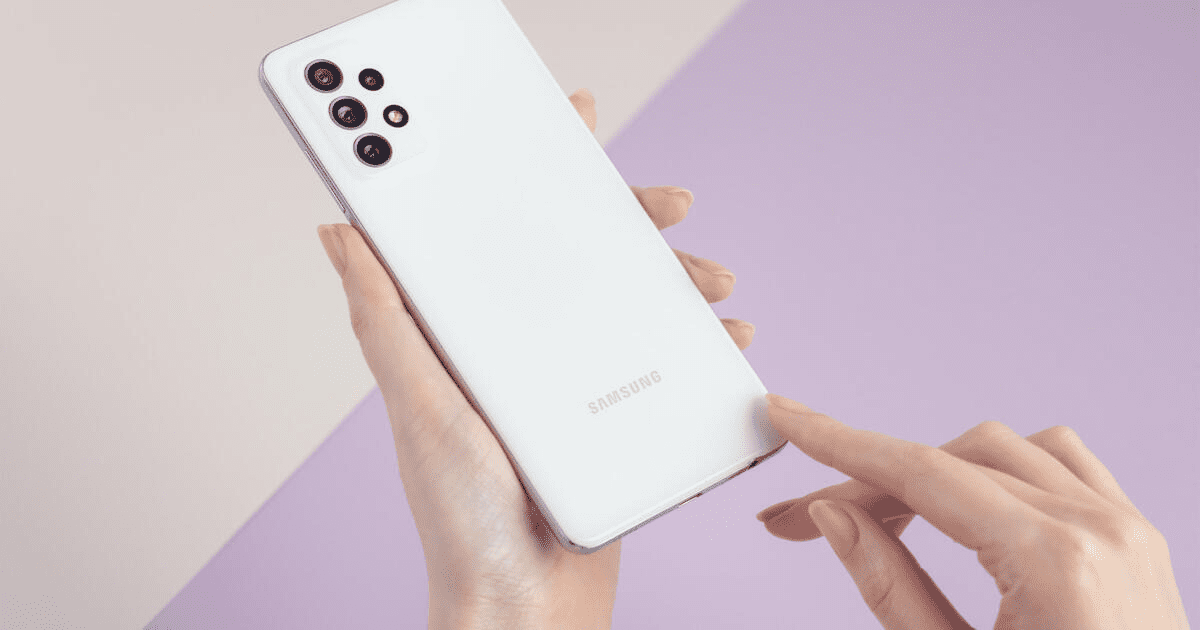Within the smartphone trade, there are solely a handful of smartphone manufacturers which have their very own chip. Effectively, by chip, we’re speaking in regards to the smartphone processor and never a video chip, picture, or charging optimization chips. Solely Apple, Huawei, and Samsung are according to their chips. Different producers like Xiaomi have smartphone chips, however they’re hardly constant. A couple of weeks in the past, Oppo launched its flagship smartphone Oppo Discover X5 Professional and it comes with its new chip, MariSilicon X. Nevertheless, that is an impartial picture chip. Even the Xiaomi Surge S1 which is a cell phone chip doesn’t have a successor after a few years.
It’s a lot simpler to supply a single-function chip like a picture chip. These chips work with the processor to assist optimize the picture efficiency. Presently, all manufacturers wish to have a picture chip. Additionally, the highest manufacturers will finally wish to have their very own smartphone processor. However, there’s a actuality that they’ve to just accept. The processor shouldn’t be one thing that may be executed by simply serious about it. Not solely is it troublesome to do, but it surely additionally burns cash.
Allow us to now check out some the explanation why smartphone manufacturers can’t simply make processors.
1. Processors are advanced
At the moment’s processors aren’t a lot single-function processors however are principally a whole system-on-chip. Let’s take the Apple A15 processor for instance. Along with the processor (CPU), there’s a graphics card (GPU), DSP, picture processor (ISP), wi-fi baseband, AI processor (NPU), video Codecs, system caches, and extra. The design of every half shouldn’t be easy, let’s take the baseband for instance.
Apple has been shouting in regards to the closed-loop ecology for a few years, and the M1 processor has been rubbed out. Nevertheless, it simply can’t get a working 5G communication baseband. After biting the bullet and utilizing Intel’s baseband for 2 years, it lastly needed to re-cooperate with Qualcomm. For this reason we now have Qualomm’s baseband within the iPhone.
Design is simply a side
And ah, the flexibility to design these purposeful modules is just one side. Producers even have to have the ability to mix these purposeful modules collectively. Mix features…Appears like constructing blocks, proper? Not so easy bro, there are numerous “How To’s” that can want solutions. Among the How To’s are Tips on how to…
- join these elements to one another
- make tradeoffs between energy consumption and efficiency
- select the suitable knowledge path
- make the {hardware} structure and software program design suitable
- successfully management leakage beneath nanotechnology and scale back static energy consumption
- use the brand new etching expertise to optimize the method
- take care of the aggressive danger/noise interference beneath the high-speed sign
This constructing block is troublesome proper?. Can any producer clear up these issues? Sure, however not a lot might be executed. Apple, Huawei, and Samsung, all have their solutions however not with out cooperating with different firms.
Huawei has been working exhausting on chips since 2009. After almost ten years of analysis and improvement, it has invested tons of of billions of {dollars} to lastly have the flexibility to compete. Nevertheless, the U.S. ban is hitting the corporate as a result of it wants sure American applied sciences to make the chips.
2. Processor manufacturing is scaringly costly
In fact, many smartphone manufacturers that wish to enter the chip market aren’t even on the stage of designing the processor. It’s because when the crew structure the technical necessities, every thing comes again to the start-up capital.
Let’s take a look at the straightforward half. If a model needs to start out chip manufacturing, it cants simply pull a number of folks in a storage and name it a crew. To make a chip, if the crew is lower than 100 folks, it appears like a baby’s play. The wage of this crew alone is some huge cash…
Along with human assets, the processors on our cellphones additionally have to pay ARM. They should pay ARM the related licensing charges for the acquisition of the ARM structure and IP cores.
Along with the above “see the top” prices, there are some “no finish” prices which can be much more worrying.
You have to know that bugs will inevitably seem after a program is written. Right now, programmers should repeatedly fine-tune the code and battle towards bugs.
The identical is true of chip design – a chip design can’t be fashioned in a single go. Because the design proceeds, it should endure quite a few middleman purposeful assessments.
Some purposeful assessments might be executed by software program simulating the working mode of the chip. Such assessments are known as “emulation”. For different purposeful assessments, some chips have to be trial-produced in small batches and operated on an actual smartphone.
This course of is known as “tape out” and the trial manufacturing is clearly not free. Within the 14nm course of, the price of a tape-out is in thousands and thousands. Underneath the favored 5nm course of in 2021, the worth of a tape-out is round $50 million.
How a lot does it value to design a cell phone processor?
So, what number of tape-outs will you want to make a chip? It’s unattainable to say and this is among the scary “no finish” prices. There may be some bugs that aren’t absolutely understood. Such a debugging tape-out goes forwards and backwards a number of instances.
So in all of those, you could be questioning how a lot it should value to make a smartphone processor. Let’s take an instance…Huawei HiSilicon Kirin has invested 480 billion yuan ($75.5 billion) previously 10 years. Its investments in 2019 hit 131.7 billion yuan ($20.7 billion). It took numerous effort to finish the Kirin sequence SoC that may match Apple’s Qualcomm.
3. A small progress requires an enormous R&D
There are a number of processes that observe the manufacturing of a smartphone processor. The irony of the method is that you could be want completely different groups for various features of the chip. Moreover, months and thousands and thousands of {dollars} might disappear earlier than you see small progress. Smartphone manufacturers that don’t have the persistence, don’t go into chip manufacturing. For instance, the pop-up digicam, under-screen digicam, on-screen fingerprint sensors, and different new options all work with the processor. Simply to make an on-screen fingerprint sensor work, you could want a complete crew to work on the chip for a number of months.
Conclusion
Contemplating the hustle and bustle in addition to the large monetary dedication, many smartphone manufacturers simply deal with their smartphones. They are going to favor to buy chips from “chip firms” reminiscent of Qualcomm or MediaTek than making their very own inner chips.



